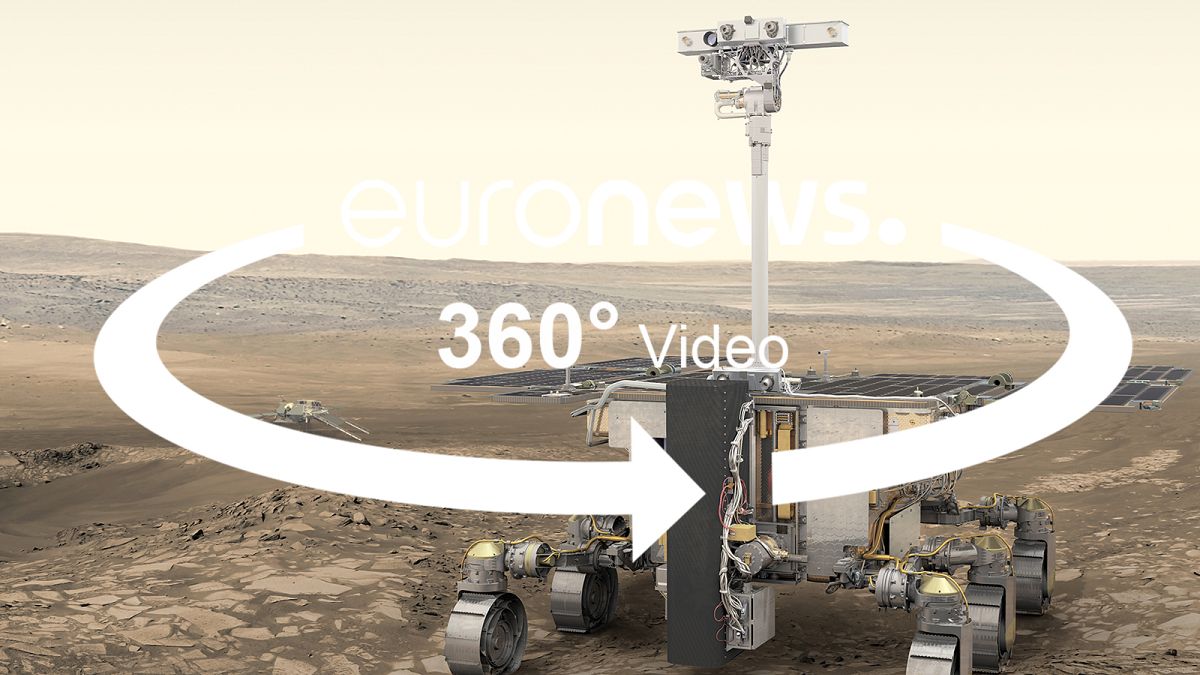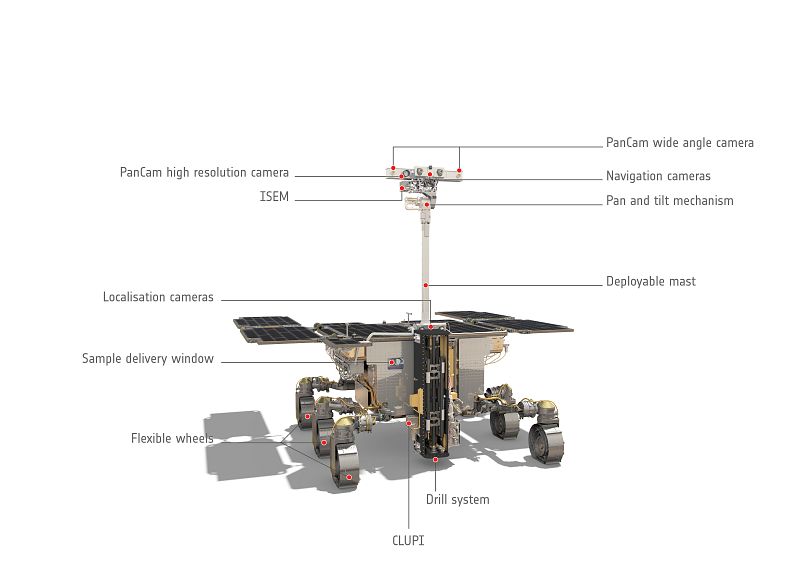In two years, Europans will land their first rover on Mars. Do you know how engineers will drive a vehicle that's more than 50,000,000 kilometres away? For this 360° report we went to the training ground in Turin to find out.
Having to tell your parents that you have totalled their vehicle is a nightmare scenario for new drivers.
But few people can make fatal driving decisions quite like Diego Bussi and his team of engineers at the Rover Operations Control Center in Turin.
They are currently learning how to drive a rover on Mars, and the stakes are sky-high. One bad decision could doom the entire ExoMars 2020 mission.
The space project is a joint effort by the European and Russian Space Agencies aiming to find proof of past and present life on Mars. In July 2020, they will launch a rocket with the first European-made Rover to be sent to Mars. The goal is to find proof of past and present life on Mars.
The space project aims to find proof of past or present life on Mars. It’s a joint effort by the European and Russian Space Agencies, who in July 2020 will launch a rocket with the first European-made Rover to be sent to Mars.
This 360-degree panorama of Mars was taken by NASA's Curiosity Rover in 2018 - NASA
A bad landing could end the mission
After nine months in space, the rocket will descend and the engineers responsible for driving the rover will face their first stern test:
“The worst case scenario is the one in which the landing platform is tilted a lot,” says Diego Bussi, Robotic Exploration Manager for the space company ALTEC and part of the team that will be manoeuvring the rover. He fears that the Rover could tip over before its wheels actually touch ground.
Descending from the landing platform is particularly challenging because it only offers two possible ways to move: forwards or backwards. Therefore, great care has been taken by the scientific community to choose the best landing spot.
“We hope to be very precise at landing,” Diego Bussi laughs, “hopefully, we won’t be in a position where we have to declare an end of mission right after landing”.
How do you drive a car that’s more than 50 million kilometres away?
Mars and the Earth rotate around the sun in their own respective orbits. Therefore, the distance between the planets vary wildly. When Mars is closest to Earth its’ more than 54 million kilometres away. This makes it impossible to establish any live connection between the driver and the rover. The engineers on earth will not be able to follow the rover as it moves.
To command the rover, the engineers will transmit small computer sequences to a spacecraft constantly orbiting Mars. This orbiter then sends the sequence to the Rover. It’s a process that takes anywhere between four to nine hours, depending on the current distance between Earth and Mars.
The sequences contain binary commands that order the Rover to drive forwards and backwards, turn, take pictures, execute experiments, etc.
Pictures are key to the drivers as the images allow the engineers to reconstruct the surroundings of the Rover. This enables them to plot a new route for the next Martian day.
For Diego Bussi, this is the most challenging aspect of the mission:
“For sure, the most difficult part is to respect the timing constraints that we have here at ROCC. When we receive the data, a countdown will start, because we have to provide a new sequence of commands in a very short time and we have to reach a consensus between the engineering and scientific community, who can have different priorities.”
The engineering team does have an insurance policy of sorts to avoid that short turn-over time or unclear images result in fatal driving mistakes. The Rover will be equipped with an artificial intelligence that enables it to spot and avoid difficult obstacles like rocks or terrain types where it could get stuck.
If everything goes according to plan, the Rover will be cruising the Red Planet in April 2021.

